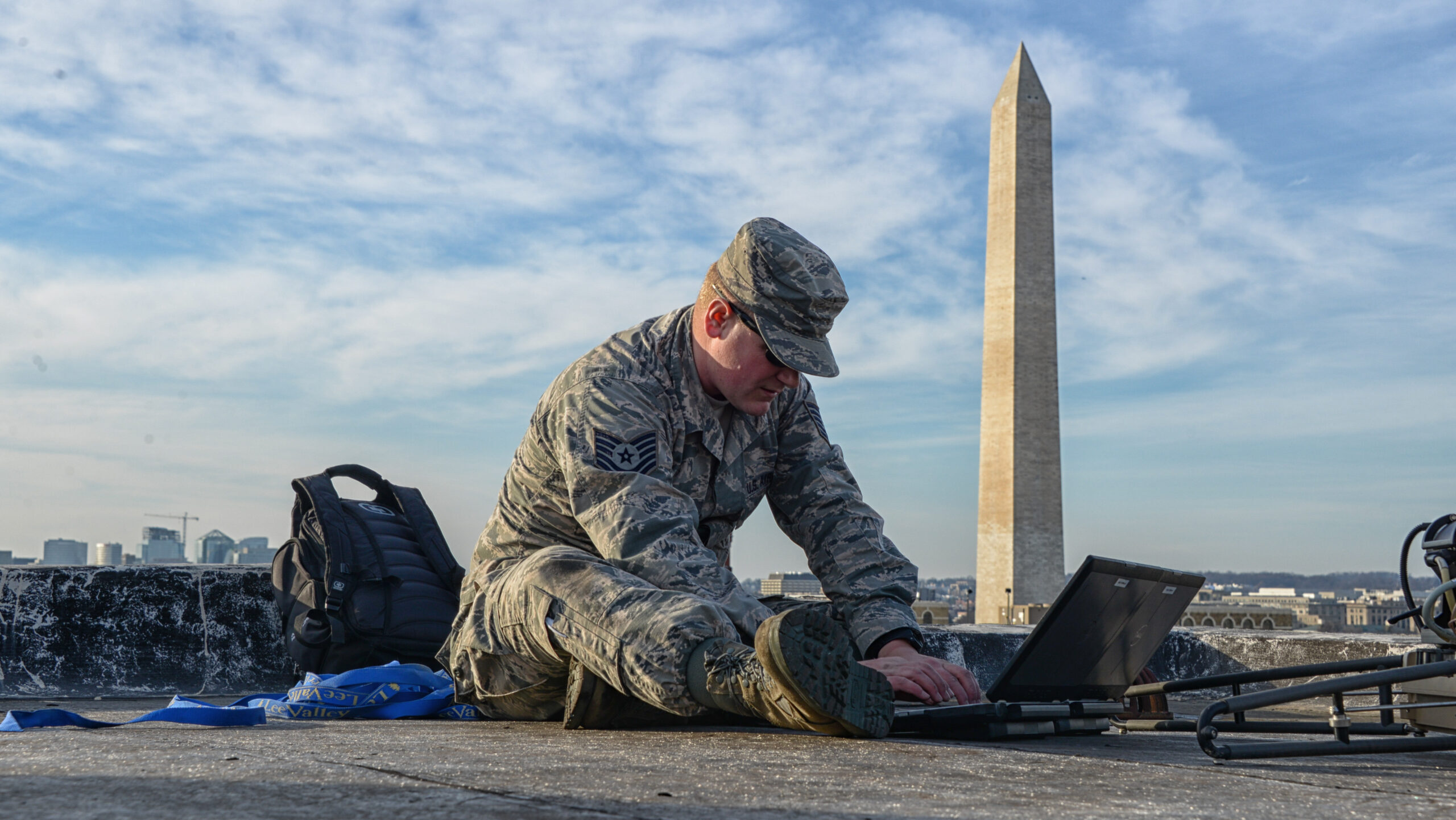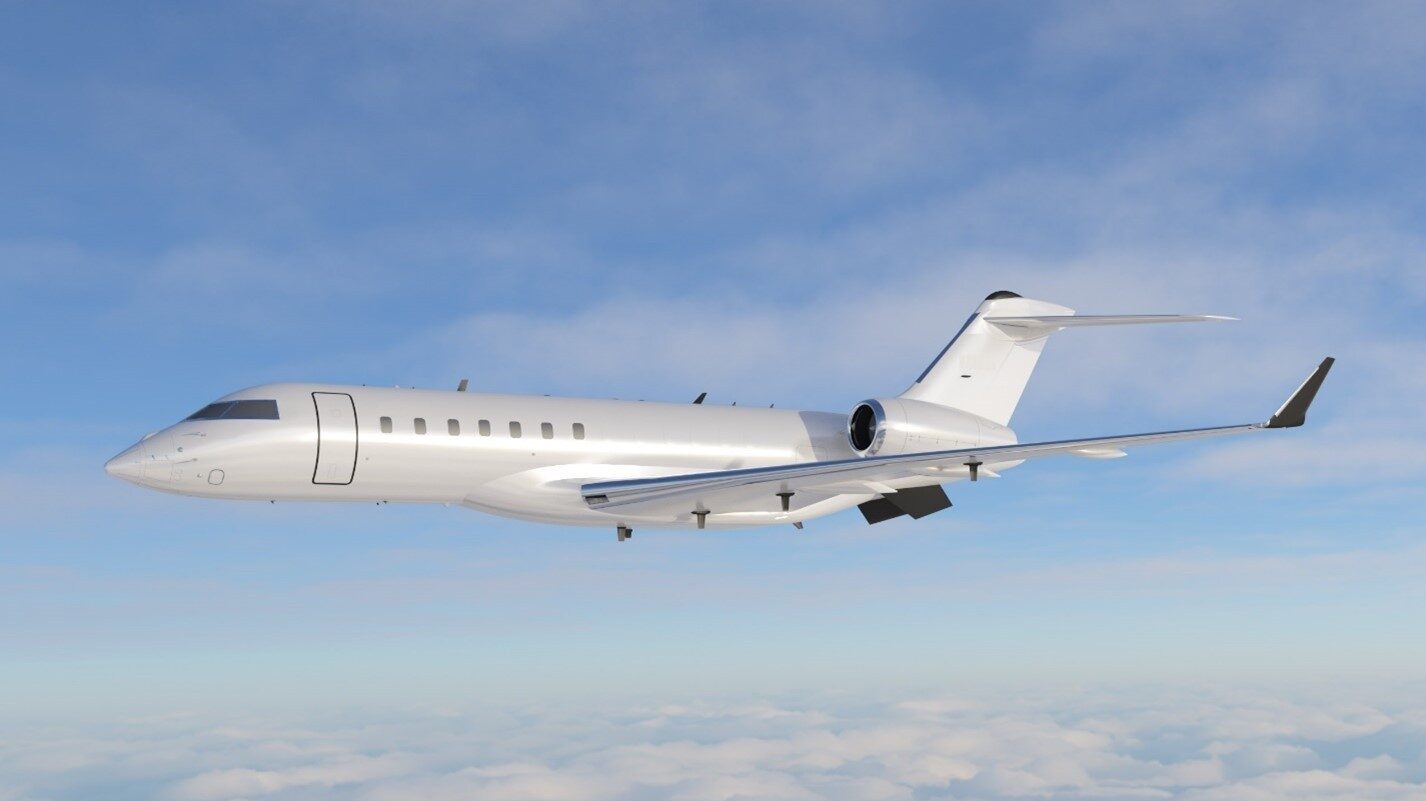US Space Force Lt. Gen Douglas A. Schiess, US Space Forces – Space Commander; and US Space Command’s Combined Joint Force Space Component Commander, speaking at the Air and Space Forces Association’s Warfare Symposium in Aurora, Colo., Feb. 13, 2024. (Photo credit: John Ayre, USSPACECOM)
WASHINGTON — The US Space Force’s key forum for interacting with commercial space operators is expanding both in number and in mission areas, according to a senior service official.
Lt. Gen. Doug Schiess, double-hatted as commander of Space Forces-Space (S4S) and the Combined Joint Force Space Component, told the Mitchell Institute today that the Commercial Integration Cell (CIC) has added five members. Two additional companies are in the process of joining and should be on board by early next year, he said.
“[O]n the commercial side, we are continually trying to up our game in the commercial world,” Schiess stressed.
S4S is the Space Force’s component command for providing forces to US Space Command (SPACECOM). Established as a service field command in 2023, S4S “exercises operational control of USSF forces conducting protect, defend, and deliver missions, and when delegated, tactical control of other service forces conducting these missions,” according to a command fact sheet [PDF].
The Combined Joint Force Component Command, headquartered at Vandenberg SFB, Calif., was established last December to consolidate “authority over all space forces presented by the services” to SPACECOM.
“As of October 2024, there are currently 15 CIC commercial mission partners. This includes 10 legacy partners (Hughes, SpaceX, XTAR, Inmarsat, Viasat, Eutelsat, SES, Maxar, Iridium, Intelsat) and five new partners (BlackSky, Kratos, Leolabs, ICEYE and Telesat),” a Space Force spokesperson told Breaking Defense today.
“Hawkeye 360 and Exoanalytic have agreed to join, and we look forward to welcoming them to the CIC in the future,” the spokesperson added.
According to a Space Force announcement released today, the CIC “enables operational and technology exchange” between SPACECOM and commercial partners. “This real-time and near real-time information flow allows for rapid, informed response to space events and improves Space Domain Awareness,” the release added.
Up to now, the CIC partners have primarily provided satellite communications and imagery, the Space Force announcement noted. But the additional firms now bring “an expansion of mission areas these partners support to include Space Domain Awareness and Intelligence, Surveillance and Reconnaissance,” the release said.
BlackSky, ICEYE and Hawkeye 360 are all remote sensing companies that also have contracts with the National Reconnaissance Office to provide imagery. Kratos and Telesat are satellite communications companies. Both Leolabs and Exoanalytic are companies that monitor the heavens.
Interestingly, SPACECOM also recently announced that its multinational Joint Commercial Operations (JCO) cell, originally created to improve space domain awareness via unclassified commercial data, also has expanded its mission to include tactical surveillance, reconnaissance and tracking (Tac-SRT).
The JCO is a new name as of last December for the Joint Task Force-Space Defense Commercial Operations created by SPACECOM in 2020. It now involves 14 countries plus NATO, and gets commercial data and analytical products via the Unified Data Library, head of JCO Barbara Golf explained using a slide presentation. Commercial firms are given contracts to provide data to populate the library, which then can be used by US and allied military operators based on the terms of those contracts.











